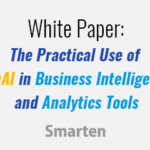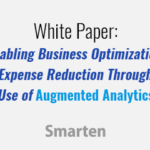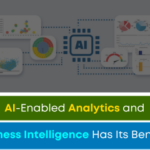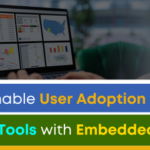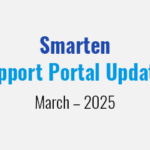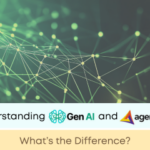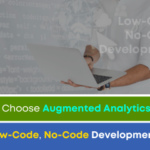This article describes the analytical technique of multiple linear regression.
What is Multiple Linear Regression Analysis?
Multiple Linear Regression is a statistical technique that is designed to explore the relationship between two or more variables (X, and Y). It is useful in identifying important factors (X,) that will impact a dependent variable (Y), and the nature of the relationship between each of the factors and the dependent variable.
Linear regression is limited to predicting numeric output so the dependent variable has to be numeric in nature. The minimum sample size is 20 cases per independent variable.
To better understand multiple linear regression, let’s look at one such analysis of independent variables: Temperature and Humidity, and a target variable (yield).
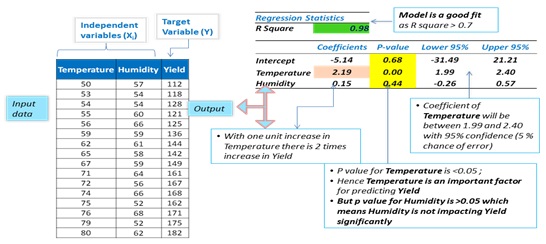
How Can Multiple Linear Regression Be Helpful for Business Analysis?
If we consider the use cases below, we can see the value of Multiple Linear Regression analysis.
Use Case – 1
Business Problem: An ecommerce company wants to measure the impact of product price, product promotions, and holiday seasonality on product sales.
Input Data: Predictor/independent variables include product price data, product promotions data such as discounts, flag representing presence/absence of seasonality. The dependent variable is product sales data.
Business Benefit: A product sales manager can discover which predictors included in the analysis will have significant impact on product sales. For the predictors with the most impact, the team can make important strategic decisions to meet product sales targets. For instance, if promotions and holiday seasons are significant factors, these factors should be given more focus when devising a marketing strategy.
Use Case – 2
Business Problem: An agriculture production firm wants to predict the impact of the amount of rainfall, humidity, and temperature on the yield of particular crop.
Input Data: Predictor/independent variables include the amount of rainfall during monsoon months, the humidity levels/measurements, and the temperature measurements. The dependent variable is crop production.
Business Benefit: An agriculture firm can understand the impact of each of these predictors on the target variable. For instance, if temperature and rainfall have a positive significant impact but humidity levels have a negative significant impact on crop yield, then crop production can be expected during high temperature and rainfall levels in conjunction with low humidity levels.
Multiple linear regression models are useful in helping an enterprise to consider the impact of multiple independent predictors and variables on a dependent variable, and can be beneficial for forecasting and predicting results.
The Smarten approach to augmented analytics and modern business intelligence focuses on the business user and provides tools for Advanced Data Discovery so users can perform early prototyping and test hypotheses without the skills of a data scientist. Smarten Augmented Analytics tools include assisted predictive modeling, smart data visualization, self-serve data preparation, Clickless Analytics with natural language processing (NLP) for search analytics, Auto Insights, Key Influencer Analytics, and SnapShot monitoring and alerts. These tools are designed for business users with average skills and require no specialized knowledge of statistical analysis or support from IT or data scientists. Businesses can advance Citizen Data Scientist initiatives with in-person and online workshops and self-paced eLearning courses designed to introduce users and businesses to the concept, illustrate the benefits and provide introductory training on analytical concepts and the Citizen Data Scientist role.
The Smarten approach to data discovery is designed as an augmented analytics solution to serve business users. Smarten is a representative vendor in multiple Gartner reports including the Gartner Modern BI and Analytics Platform report and the Gartner Magic Quadrant for Business Intelligence and Analytics Platforms Report.



